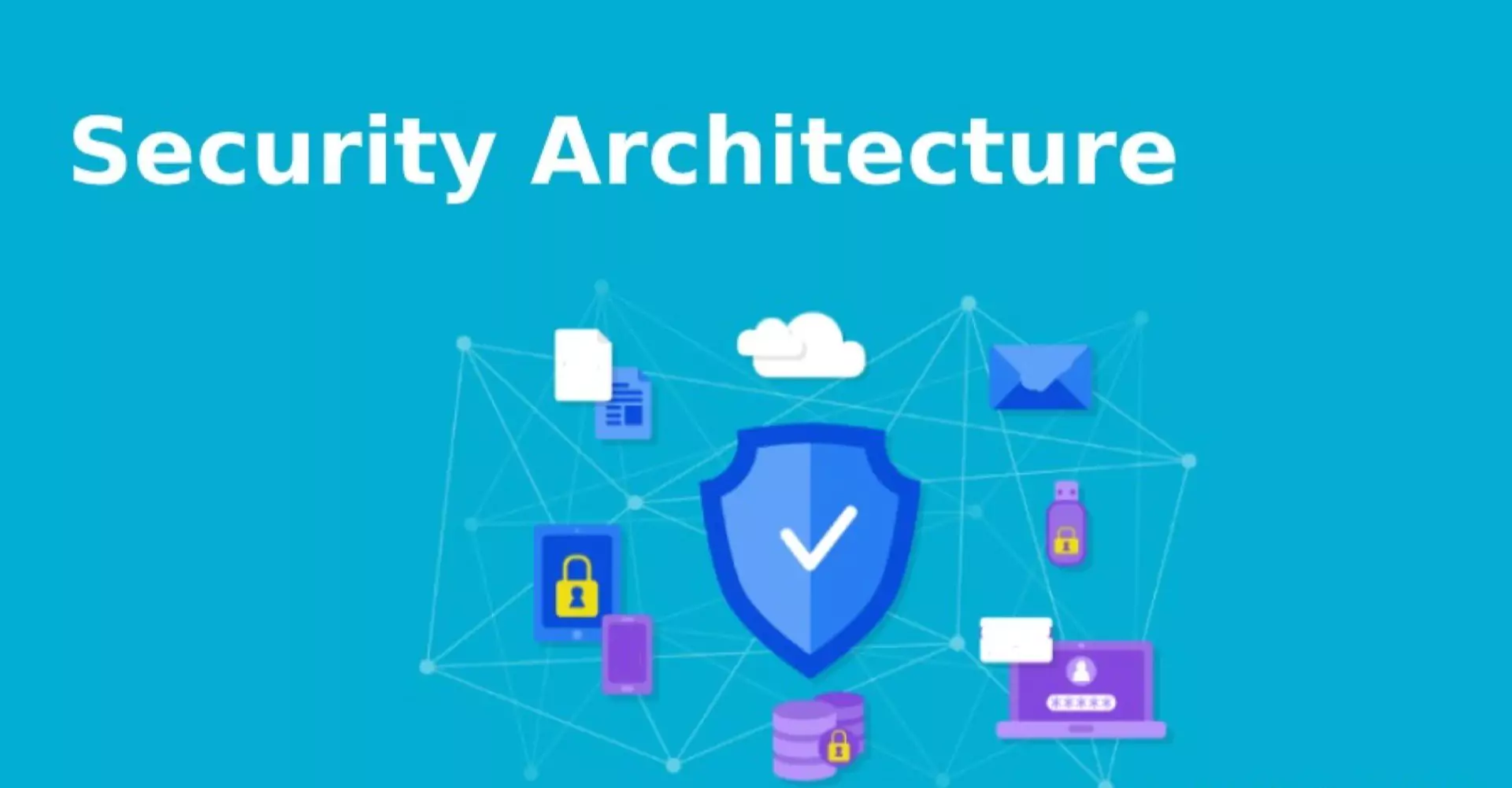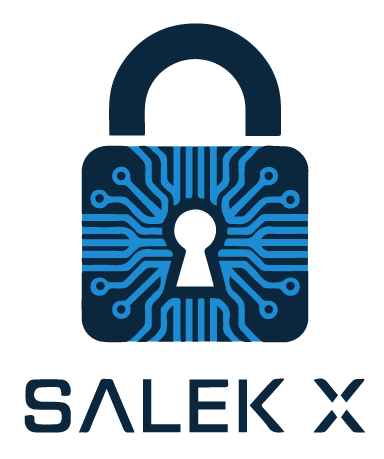Security Architecture Design & Review Services
Security Architecture Design & Review Services
In today’s complex and evolving threat landscape, a robust security architecture is essential for safeguarding your IT systems and networks. Our Security Architecture Design & Review Services provide a comprehensive evaluation and design of your organization’s security infrastructure, ensuring that your systems are resilient against cyber threats. By leveraging our expertise, you can build a secure foundation that supports your business objectives, protects sensitive data, and maintains regulatory compliance.

Our Security Architecture Design & Review Services focus on evaluating and designing the security architecture of your IT systems and networks to ensure robust protection against cyber threats. We analyze your current infrastructure, identify vulnerabilities, and develop a tailored security framework that aligns with industry best practices and your specific business needs. Whether you’re establishing a new security architecture or enhancing an existing one, our services provide the strategic guidance and technical expertise necessary to fortify your organization’s defenses.

Comprehensive Security Assessment:
- Current Architecture Evaluation: Analyze your existing IT infrastructure to identify strengths, weaknesses, and areas for improvement.
- Vulnerability Identification: Detect potential security gaps and vulnerabilities that could be exploited by malicious actors.
- Risk Assessment: Assess the impact and likelihood of various cyber threats to prioritize mitigation efforts.
Security Architecture Design:
- Tailored Security Frameworks: Develop customized security architectures that align with your organization’s goals and regulatory requirements.
- Integration of Best Practices: Incorporate industry standards such as NIST, ISO/IEC 27001, and CIS Controls to ensure a robust security posture.
- Scalable Solutions: Design architectures that can scale with your organization’s growth and evolving security needs.
Technology Selection and Integration:
- Advanced Security Tools: Recommend and integrate cutting-edge security technologies, including firewalls, intrusion detection/prevention systems (IDS/IPS), and security information and event management (SIEM) solutions.
- Cloud Security: Design secure cloud architectures that protect data and applications across public, private, and hybrid cloud environments.
- Endpoint Security: Implement comprehensive endpoint protection strategies to secure devices and prevent unauthorized access.
Policy and Procedure Development:
- Security Policies: Create and implement robust security policies that govern data protection, access controls, and incident response.
- Standard Operating Procedures (SOPs): Develop SOPs to ensure consistent and effective security practices across your organization.
- Compliance Alignment: Ensure that your security policies and procedures comply with relevant regulations and standards.
Incident Response Planning:
- Response Strategies: Develop comprehensive incident response plans to quickly address and mitigate security breaches.
- Forensic Capabilities: Establish procedures for conducting forensic analysis to determine the root cause of incidents and prevent recurrence.
- Disaster Recovery: Design disaster recovery plans to ensure business continuity in the event of major security incidents.
Continuous Monitoring and Improvement:
- Real-Time Monitoring: Implement continuous monitoring solutions to detect and respond to security threats in real-time.
- Regular Audits: Conduct periodic security audits to evaluate the effectiveness of your security architecture and identify areas for enhancement.
- Performance Metrics: Define and track key performance indicators (KPIs) to measure the success of your security initiatives.
Training and Awareness Programs:
- Employee Training: Provide comprehensive training sessions to educate staff on security best practices and their roles in maintaining a secure environment.
- Awareness Campaigns: Launch ongoing awareness initiatives to foster a security-conscious culture within your organization.

Enhanced Security Posture:
- Proactive Threat Mitigation: Identify and address potential security threats before they can impact your organization.
- Comprehensive Protection: Implement layered security measures to protect your IT systems and networks from diverse cyber threats.
Regulatory Compliance:
- Meet Legal Requirements: Ensure compliance with relevant data protection and cybersecurity regulations, reducing the risk of legal penalties.
- Industry Standards Alignment: Align your security practices with internationally recognized standards, enhancing your organization’s credibility and trust.
Operational Efficiency:
- Streamlined Processes: Implement standardized security processes that enhance operational efficiency and reduce complexity.
- Resource Optimization: Allocate resources effectively by focusing on critical security areas aligned with your organization’s priorities.
Risk Mitigation:
- Reduced Risk Exposure: Minimize the risk of data breaches and cyber incidents through comprehensive security measures.
- Business Continuity: Ensure uninterrupted operations with robust incident response and disaster recovery plans.
Customer Trust and Confidence:
- Build Credibility: Demonstrate your commitment to information security, fostering trust and confidence among customers, partners, and stakeholders.
- Competitive Advantage: Differentiate your organization from competitors by showcasing your stringent security and compliance measures.
Continuous Improvement:
- Adaptability: Establish a framework for continuous improvement, enabling your organization to adapt to evolving security threats and business needs.
- Sustainable Security Practices: Maintain a resilient and robust security posture through ongoing monitoring and enhancement of your security controls.
Cost Savings:
- Reduced Remediation Costs: Addressing vulnerabilities early in the development lifecycle is more cost-effective than fixing issues post-incident.
- Efficiency Gains: Achieve cost savings by optimizing security processes and reducing redundancies.
Use Cases:
Financial Services:
- Protect sensitive financial data and transactions, ensuring compliance with industry-specific cybersecurity requirements.
Healthcare Organizations:
- Safeguard patient information and medical records, complying with healthcare data protection regulations and standards.
Government Agencies:
- Secure classified and sensitive government data, maintaining national security and public trust.
E-Commerce Platforms:
- Ensure the security of customer data and transaction information, enhancing trust and reducing the risk of data breaches.
Telecommunications Companies:
- Secure communication networks and customer data, maintaining reliable and trusted service delivery.
Educational Institutions:
- Protect academic records and personal information of students and staff, ensuring compliance with data protection standards.
